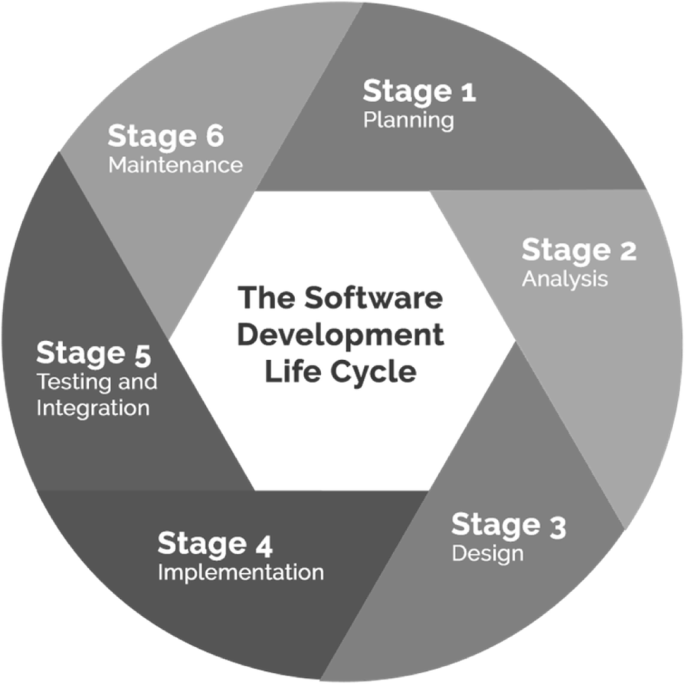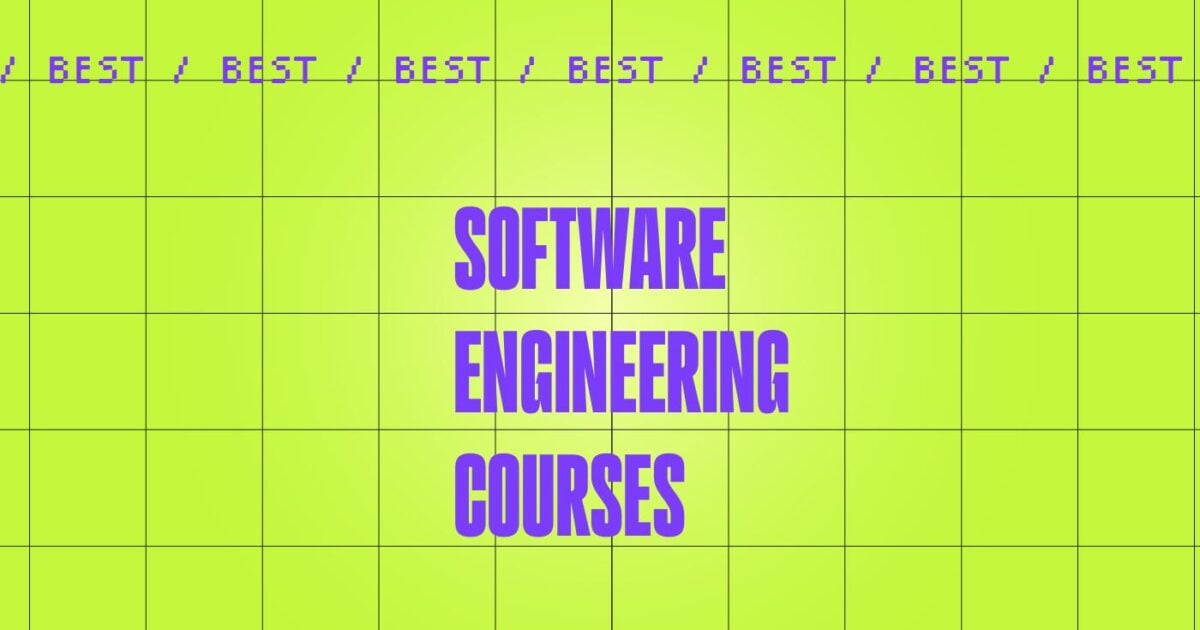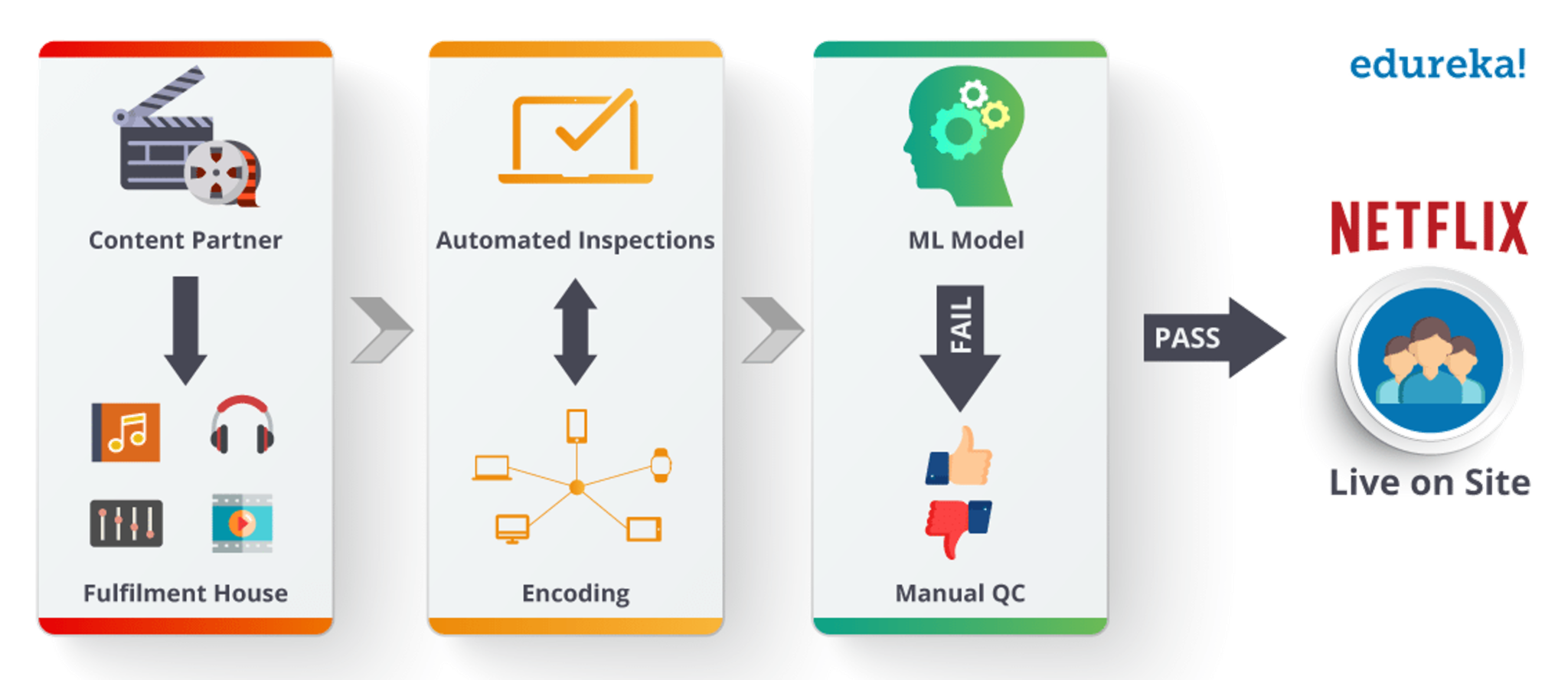All Categories
Featured
Table of Contents
- – How Machine Learning In Production / Ai Engine...
- – Machine Learning Engineer Course Can Be Fun Fo...
- – Facts About Machine Learning Crash Course For...
- – 9 Easy Facts About Software Developer (Ai/ml)...
- – The Single Strategy To Use For Machine Learn...
- – The Main Principles Of Is There A Future For...
- – Best Machine Learning Courses & Certificates...
Some individuals think that that's disloyalty. Well, that's my entire career. If someone else did it, I'm mosting likely to utilize what that individual did. The lesson is putting that apart. I'm compeling myself to believe with the feasible remedies. It's more concerning eating the material and attempting to apply those ideas and much less regarding locating a library that does the job or finding someone else that coded it.
Dig a little bit deeper in the math at the beginning, simply so I can build that foundation. Santiago: Ultimately, lesson number 7. I do not think that you have to recognize the nuts and bolts of every algorithm prior to you use it.
I would certainly have to go and inspect back to really get a far better intuition. That does not suggest that I can not resolve things utilizing neural networks? It goes back to our sorting instance I assume that's simply bullshit recommendations.
As a designer, I've serviced lots of, several systems and I've utilized many, several points that I do not recognize the nuts and screws of just how it works, although I recognize the effect that they have. That's the final lesson on that particular string. Alexey: The funny point is when I think concerning all these collections like Scikit-Learn the algorithms they use inside to implement, for instance, logistic regression or another thing, are not the like the algorithms we research in artificial intelligence classes.
How Machine Learning In Production / Ai Engineering can Save You Time, Stress, and Money.
Even if we tried to discover to obtain all these basics of device knowing, at the end, the algorithms that these collections utilize are various. Santiago: Yeah, definitely. I assume we require a whole lot a lot more materialism in the industry.

Incidentally, there are 2 various paths. I usually talk to those that wish to work in the sector that desire to have their impact there. There is a path for scientists and that is completely different. I do not attempt to discuss that because I don't understand.
Right there outside, in the industry, pragmatism goes a long way for sure. (32:13) Alexey: We had a comment that claimed "Feels more like motivational speech than chatting regarding transitioning." So perhaps we should change. (32:40) Santiago: There you go, yeah. (32:48) Alexey: It is a great motivational speech.
Machine Learning Engineer Course Can Be Fun For Everyone
One of the points I desired to ask you. First, allow's cover a couple of things. Alexey: Allow's start with core devices and frameworks that you require to find out to really change.
I know Java. I know exactly how to make use of Git. Possibly I know Docker.
What are the core devices and frameworks that I need to find out to do this? (33:10) Santiago: Yeah, absolutely. Wonderful question. I believe, primary, you ought to begin learning a little bit of Python. Given that you currently know Java, I do not believe it's mosting likely to be a significant transition for you.
Not due to the fact that Python is the same as Java, however in a week, you're gon na obtain a lot of the differences there. Santiago: After that you get particular core devices that are going to be utilized throughout your entire job.
Facts About Machine Learning Crash Course For Beginners Revealed
That's a library on Pandas for data control. And Matplotlib and Seaborn and Plotly. Those three, or among those three, for charting and displaying graphics. After that you obtain SciKit Learn for the collection of artificial intelligence formulas. Those are devices that you're going to have to be utilizing. I do not suggest simply going and learning more about them out of the blue.
Take one of those courses that are going to start presenting you to some issues and to some core concepts of device understanding. I don't keep in mind the name, but if you go to Kaggle, they have tutorials there for free.
What's great regarding it is that the only demand for you is to understand Python. They're going to offer a trouble and inform you how to use choice trees to solve that certain trouble. I believe that procedure is extremely effective, because you go from no machine discovering background, to comprehending what the issue is and why you can not address it with what you know now, which is straight software program engineering methods.
9 Easy Facts About Software Developer (Ai/ml) Courses - Career Path Described
On the various other hand, ML engineers specialize in structure and deploying artificial intelligence versions. They focus on training designs with data to make predictions or automate jobs. While there is overlap, AI designers deal with more varied AI applications, while ML designers have a narrower concentrate on machine knowing formulas and their useful application.

Artificial intelligence designers focus on creating and deploying maker discovering designs into production systems. They work on engineering, making sure designs are scalable, efficient, and incorporated right into applications. On the other hand, information researchers have a more comprehensive duty that includes information collection, cleansing, exploration, and building designs. They are often in charge of extracting insights and making data-driven decisions.
As organizations significantly embrace AI and artificial intelligence modern technologies, the need for knowledgeable experts grows. Artificial intelligence designers deal with sophisticated tasks, add to advancement, and have competitive wages. Success in this area calls for continuous discovering and maintaining up with advancing innovations and methods. Artificial intelligence duties are generally well-paid, with the capacity for high earning potential.
ML is basically various from traditional software development as it concentrates on training computer systems to gain from data, instead of programming specific guidelines that are executed methodically. Uncertainty of outcomes: You are most likely used to writing code with predictable outcomes, whether your function runs once or a thousand times. In ML, nonetheless, the results are much less particular.

Pre-training and fine-tuning: How these models are trained on large datasets and after that fine-tuned for details jobs. Applications of LLMs: Such as text generation, view analysis and information search and access. Papers like "Interest is All You Required" by Vaswani et al., which introduced transformers. Online tutorials and training courses concentrating on NLP and transformers, such as the Hugging Face program on transformers.
The Single Strategy To Use For Machine Learning/ai Engineer
The capacity to manage codebases, merge changes, and resolve conflicts is just as important in ML advancement as it remains in conventional software application jobs. The skills established in debugging and screening software program applications are extremely transferable. While the context may transform from debugging application logic to determining issues in data handling or design training the underlying principles of methodical examination, theory testing, and repetitive improvement coincide.
Machine knowing, at its core, is heavily reliant on data and likelihood theory. These are vital for comprehending how formulas discover from data, make forecasts, and examine their performance.
For those interested in LLMs, a comprehensive understanding of deep knowing architectures is advantageous. This consists of not just the auto mechanics of neural networks yet additionally the architecture of details designs for various use instances, like CNNs (Convolutional Neural Networks) for picture handling and RNNs (Recurring Neural Networks) and transformers for sequential data and natural language handling.
You should know these concerns and find out techniques for recognizing, mitigating, and interacting about predisposition in ML models. This includes the possible effect of automated decisions and the honest ramifications. Lots of designs, specifically LLMs, require considerable computational sources that are commonly provided by cloud systems like AWS, Google Cloud, and Azure.
Structure these skills will certainly not only assist in an effective shift into ML but also make certain that developers can add successfully and responsibly to the innovation of this dynamic field. Theory is important, however absolutely nothing beats hands-on experience. Start servicing jobs that enable you to use what you have actually discovered in a useful context.
Take part in competitors: Sign up with platforms like Kaggle to join NLP competitors. Construct your projects: Start with straightforward applications, such as a chatbot or a text summarization device, and progressively raise intricacy. The field of ML and LLMs is quickly evolving, with new breakthroughs and technologies emerging frequently. Staying upgraded with the newest study and fads is crucial.
The Main Principles Of Is There A Future For Software Engineers? The Impact Of Ai ...
Contribute to open-source jobs or compose blog articles concerning your knowing trip and jobs. As you gain expertise, begin looking for possibilities to integrate ML and LLMs into your job, or seek new roles focused on these modern technologies.

Prospective use cases in interactive software, such as suggestion systems and automated decision-making. Comprehending unpredictability, fundamental analytical steps, and probability circulations. Vectors, matrices, and their role in ML formulas. Error minimization methods and slope descent clarified just. Terms like version, dataset, attributes, tags, training, inference, and validation. Data collection, preprocessing techniques, design training, examination processes, and deployment considerations.
Decision Trees and Random Forests: User-friendly and interpretable versions. Assistance Vector Machines: Optimum margin classification. Matching trouble types with suitable designs. Stabilizing performance and complexity. Fundamental structure of semantic networks: neurons, layers, activation functions. Split calculation and ahead breeding. Feedforward Networks, Convolutional Neural Networks (CNNs), Frequent Neural Networks (RNNs). Picture acknowledgment, series prediction, and time-series analysis.
Constant Integration/Continuous Deployment (CI/CD) for ML workflows. Design monitoring, versioning, and performance tracking. Spotting and addressing changes in model performance over time.
Best Machine Learning Courses & Certificates [2025] Fundamentals Explained

You'll be introduced to three of the most appropriate components of the AI/ML self-control; overseen knowing, neural networks, and deep knowing. You'll understand the differences in between conventional shows and maker discovering by hands-on growth in monitored knowing before constructing out intricate dispersed applications with neural networks.
This training course serves as an overview to device lear ... Show More.
Table of Contents
- – How Machine Learning In Production / Ai Engine...
- – Machine Learning Engineer Course Can Be Fun Fo...
- – Facts About Machine Learning Crash Course For...
- – 9 Easy Facts About Software Developer (Ai/ml)...
- – The Single Strategy To Use For Machine Learn...
- – The Main Principles Of Is There A Future For...
- – Best Machine Learning Courses & Certificates...
Latest Posts
Apple Software Engineer Interview Process – What You Need To Know
Where To Find Free Faang Interview Preparation Resources
How To Answer Probability Questions In Machine Learning Interviews
More
Latest Posts
Apple Software Engineer Interview Process – What You Need To Know
Where To Find Free Faang Interview Preparation Resources
How To Answer Probability Questions In Machine Learning Interviews